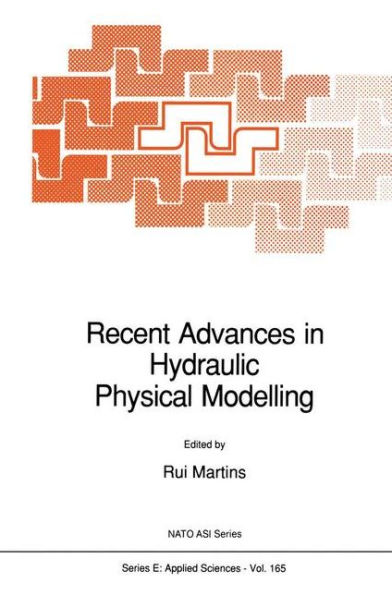5
1
9780792301967


Recent Advances in Hydraulic Physical Modelling / Edition 1 available in Hardcover

Recent Advances in Hydraulic Physical Modelling / Edition 1
- ISBN-10:
- 079230196X
- ISBN-13:
- 9780792301967
- Pub. Date:
- 04/30/1989
- Publisher:
- Springer Netherlands
- ISBN-10:
- 079230196X
- ISBN-13:
- 9780792301967
- Pub. Date:
- 04/30/1989
- Publisher:
- Springer Netherlands
329.99
In Stock

Product Details
| ISBN-13: | 9780792301967 |
|---|---|
| Publisher: | Springer Netherlands |
| Publication date: | 04/30/1989 |
| Series: | NATO Science Series E: , #165 |
| Edition description: | 1989 |
| Pages: | 627 |
| Product dimensions: | 6.14(w) x 9.21(h) x 0.24(d) |
From the B&N Reads Blog
